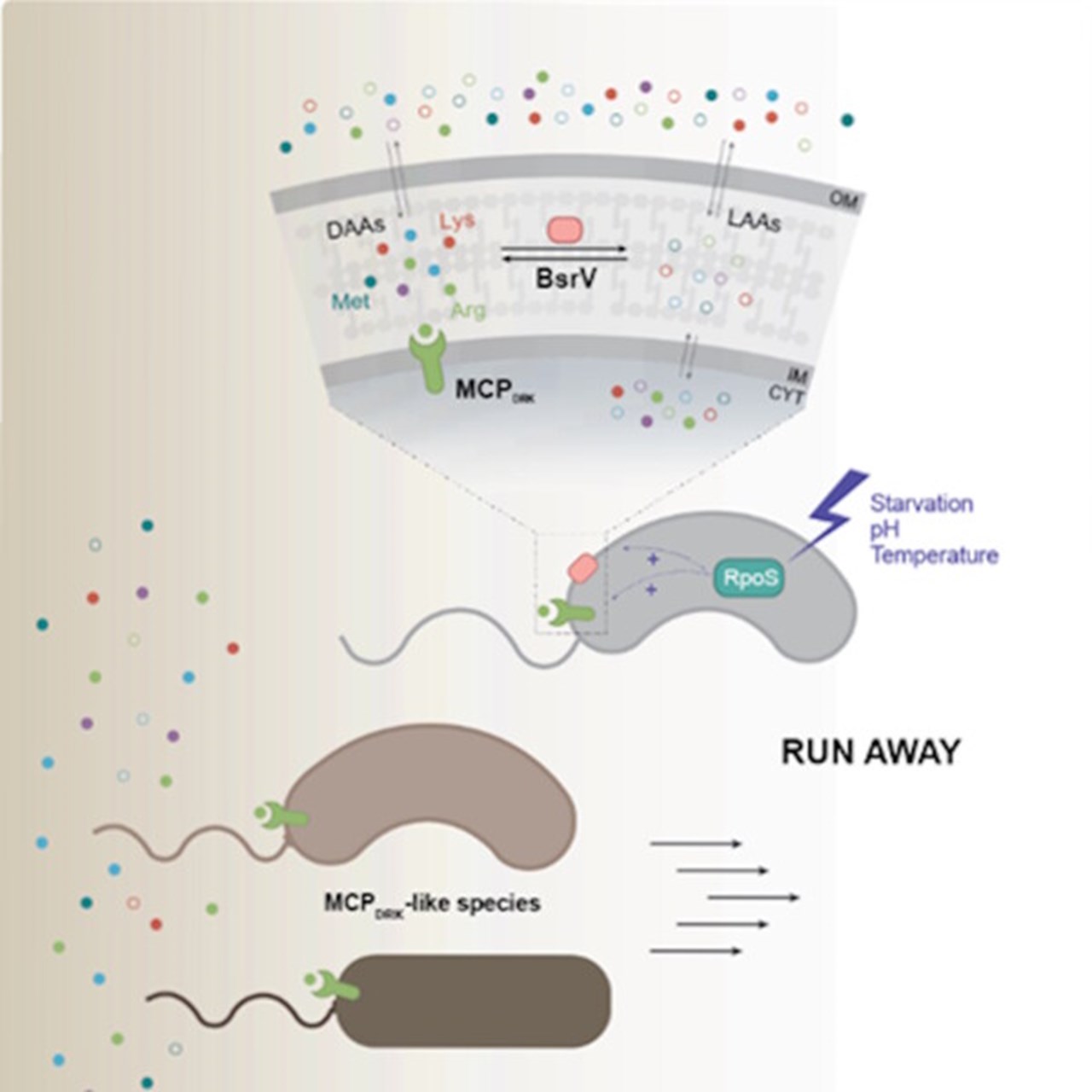About the study
D-amino acids signal a stress-dependent run-away response in Vibrio cholerae.
Oihane Irazoki, Josy ter Beek, Laura Alvarez, Andre Mateus, Remy Colin, Athanasios Typas, Mikhail M. Savitski, Victor Sourjik, Ronnie P-A Berntsson & Felipe Cava.
Nature Microbiology (2023).
DOI number 10.1038/s41564-023-01419-6.
https://www.nature.com/articles/s41564-023-01419-6





